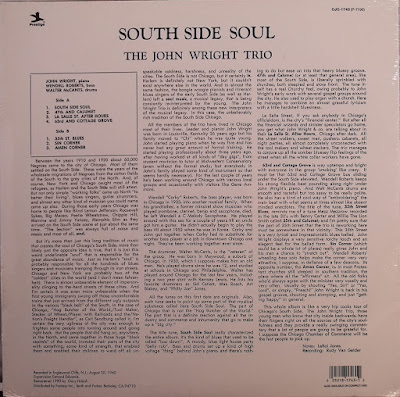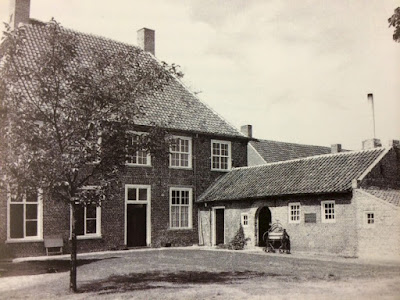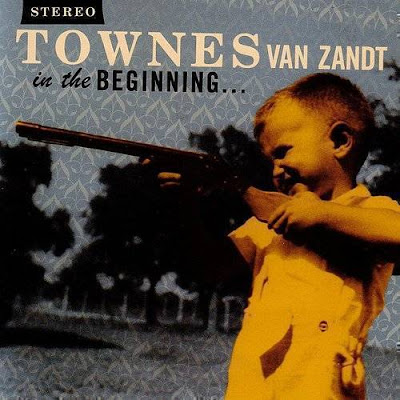
Tamás Király, Red star dress, 1987.
"The memory of feminism in East Central Europe after 1989 is blurred by the widespread fear to use the term radical feminism – which refers to demands of a deep-rooted social transformation to eliminate the oppression of women in every sphere of life and on every level of society. Gender mainstreaming and post-feminism have largely taken the place of a fight for women’s rights and the talk about women as such – a process that has unfolded in both East and West, but which, curiously, is often seen as an ‘eastern’ problem in the West and a ‘western’ one in the East. When it comes to the interpretation of 1989, a generational clash among feminists complicates not only the process of remembrance but also the future of a feminist movement – beyond boundaries. ..."
Eurozine

An Artist who Cannot Speak English is no Artist by Mladen Stilinović, 1992.















































